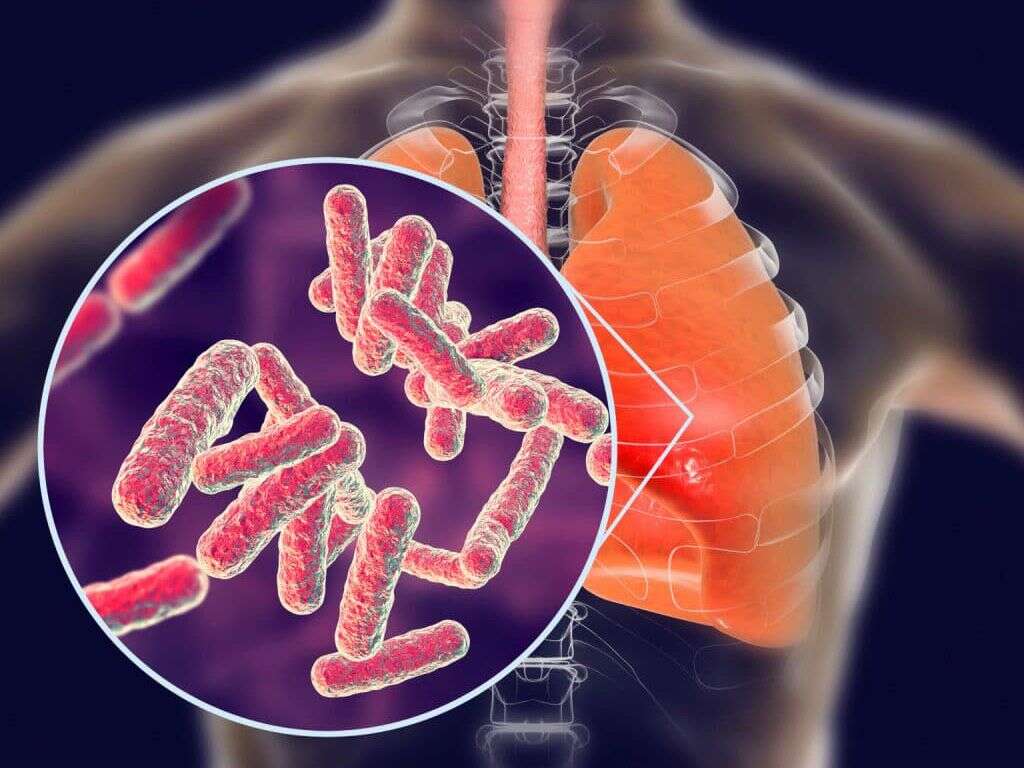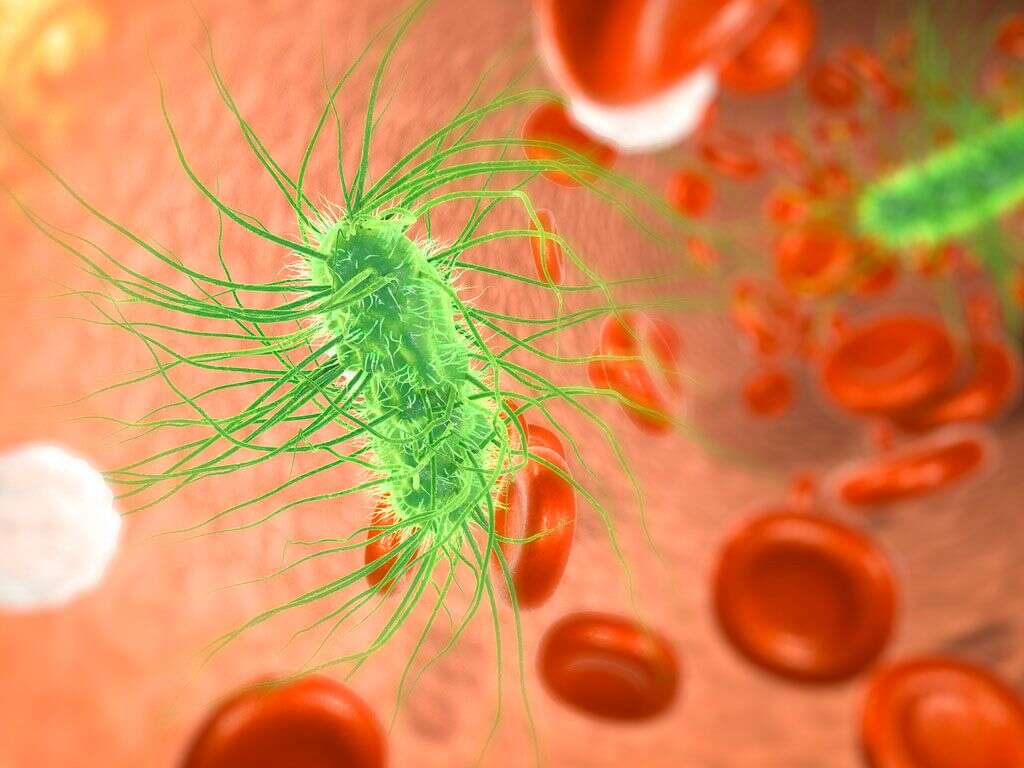10 Common Pathogens
Pathogen is another word for a germ. Basically, it means any organism that can get into our bodies and make us ill. They include viruses, bacteria and fungi and there is a vast number of varieties. They are also evolving quickly, meaning new strains and species are emerging all the time. Thankfully, our immune systems are effective at protecting us from the vast majority of pathogens we encounter.
As awesome as our immune systems are, however, they are not impervious. We can develop infections and they can make us fall quite ill. With help from modern medicine, though, we will usually be able to make a full recovery. It is wise not to be complacent, though, and the vulnerable should take extra precautions if they fall ill.
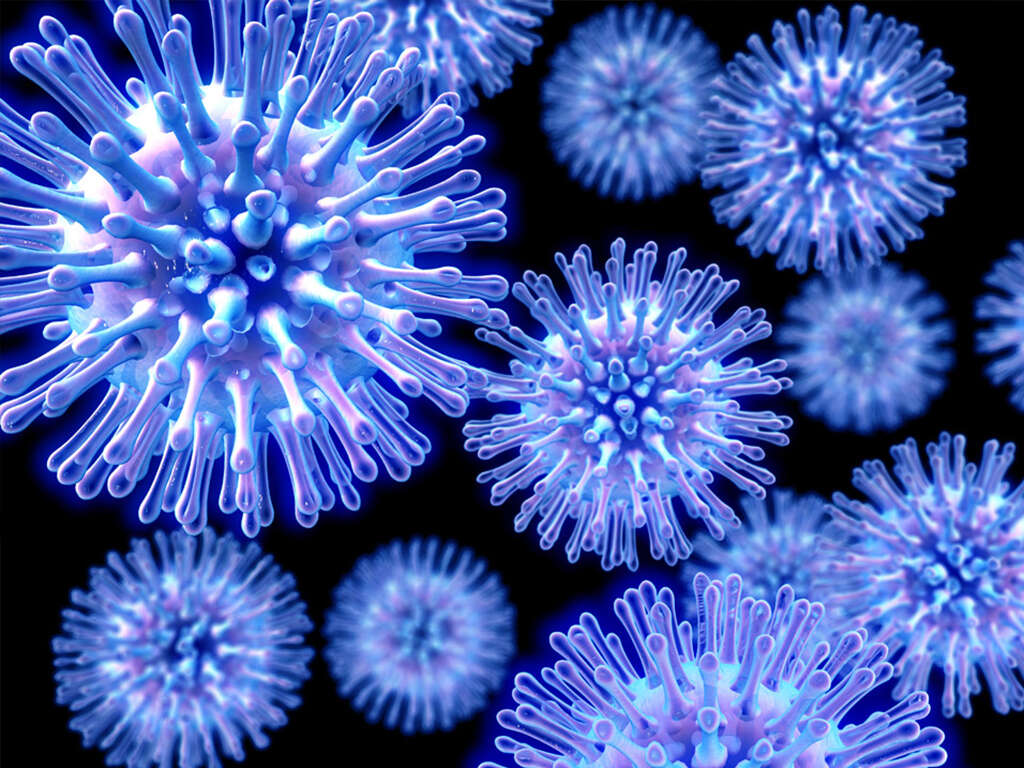
Pathogen #1: HPV
The human papillomavirus (HPV) is among the most commonly encountered of all pathogens on the planet. It is highly contagious and can be contracted simply through coming into contact with an affected person. It is thought that some 79 million people are currently infected with HPV in America alone.
The HPV virus can cause common problems such as verrucae and cold sores. It can also be transmitted sexually, potentially leading to genital warts. It is thought that the majority of sexually active person’s will have caught HPV at some point. The infection will usually go away naturally in time.
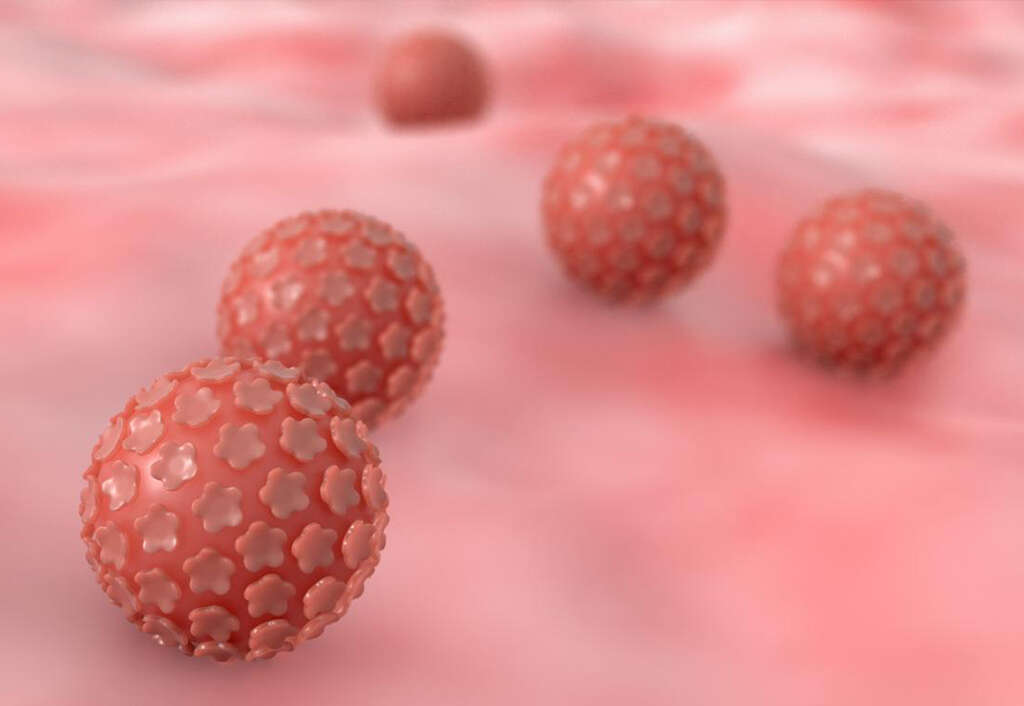
Pathogen #2: Candida
Candida is so common that the vast majority of us have it in or on our bodies somewhere. It is a type of fungus that is usually quite harmless, causing us no discomfort or harm. Problems arise, though, when the candida fungus can begin to proliferate out of control. When this happens, things can begin to get very uncomfortable indeed.
Candida overgrowth will often occur when the patient’s immune system is run down through illness or other causes such as fatigue. It is the cause of oral and genital thrush and can also be responsible for diaper rash. In extreme cases, it can invade the brain, blood, eyes, and heart. This is known as invasive candidiasis and it can be fatal if left untreated.

Pathogen #3: Campylobacter
The importance of hygienic practices around food is well known, but still many people tend to treat food with complacency. Food can be harbouring numerous species of potentially harmful bacteria so it is important to do what you can to protect yourself and others. This includes all types of food, particularly meat, and chicken is no exception.
The campylobacter bacteria can be found in chicken that has not been cooked thoroughly. This means you can catch it from eating food that has been in contact with undercooked chicken, or by directly eating undercooked chicken yourself. Common symptoms include diarrhea, stomach cramps and bloating. Symptoms will generally clear up in a week or so.
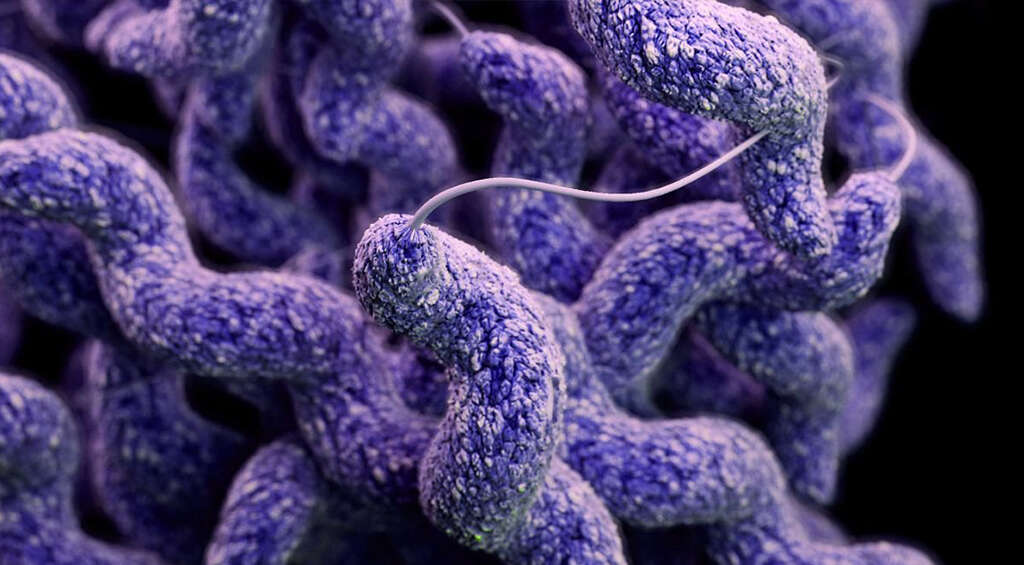
Pathogen #4: Shigella
Shigellosis is a disease that is caused by the shigella bacteria. The bacteria are found in the feces of people that have the disease. It can be caught by coming into contact with the feces, or by touching objects that have the bacteria on them. Around 500,000 people in America catch shigellosis every year.
The symptoms include painful stomach cramps, fever, and watery diarrhea. Symptoms will usually pass within a week even without medication. It does have the potential to be severe, though, in which case medical assistance should be sought. It is common in daycare centers with young children and in third world countries.
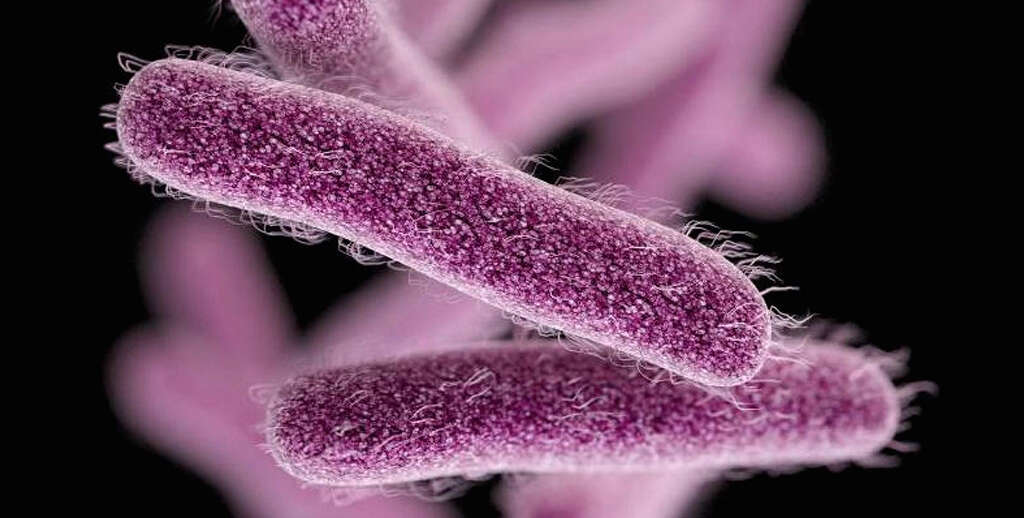
Pathogen #5: Streptococcus
Streptococcus is a common bacterium that is responsible for a range of illnesses. They can be transmitted in various ways such as through mucus (snot), contact with infected wounds, and contact with infected animals or infected animal product. It can also be transmitted from a mother to her baby during labor.
Perhaps the most common type of streptococcus infection is strep throat. This could develop into scarlet fever in advanced cases. It can also cause cellulitis, necrotizing fasciitis, and impetigo. Depending on the specific illness and its severity, antibiotics are usually administered. Hospitalization can be required in severe instances.

Pathogen #6: Hepatitis B
Hepatitis B is an infection of the liver. It is transmitted through bodily fluids such as blood and semen. It is not transmitted through coughing or sneezing. It is often spread sexually and also through sharing needles. It is caused by the hepatitis B virus (HBV).
Hepatitis B infections do not clear up quickly, often lasting months. In chronic cases, they can last for 6 months or more. Antiviral treatments can help the patient to fight off the disease. It is possible for a patient to have the infection for the rest of their life, and it can increase the chance of them developing potentially serious complications with their liver.
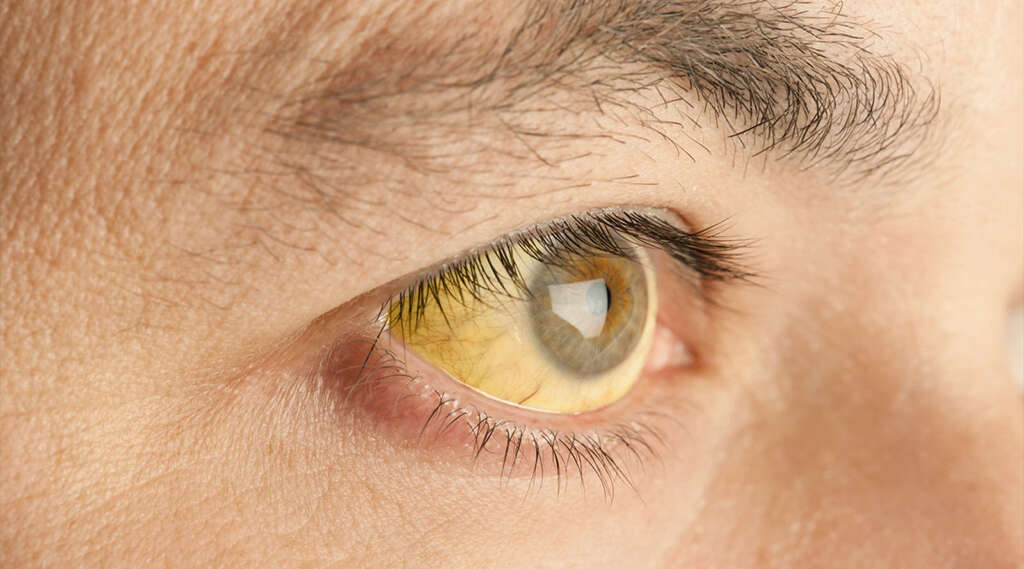
Pathogen #7: E Coli
E coli is short for Escherichia coli. They belong to a large family of bacterium. It is commonly found in the digestive systems of people and is usually quite harmless to us. In fact, E coli make up part of a population of bacteria in the digestive system that are beneficial to us. Some strains of E coli, however, can make us very ill.
E coli are also prolific and can be spread very easily in conditions where hygiene is lacking. They can cause serious food poisoning with symptoms such as stomach cramps, fever, and diarrhea. It will usually clear in around 5-10 days, although it can be dangerous in severe cases.

Pathogen #8: Human Immunodeficiency Virus
The Human Immunodeficiency Virus (HIV) caused shockwaves through the medical world when it first emerged. It is a relatively new disease to man, first being officially observed in people in 1981. It is transmitted through the blood of an infected person, usually through intercourse or through sharing needles.
HIV attacks the immune system. With a weakened immune system, the patient is then prone to other diseases. This is known as acquired immune deficiency syndrome, or AIDS. People with HIV can live with it healthily for 10-15 years before developing AIDS. Fatalities are caused by other illnesses that take hold through a weakened immune system and not directly by HIV itself.
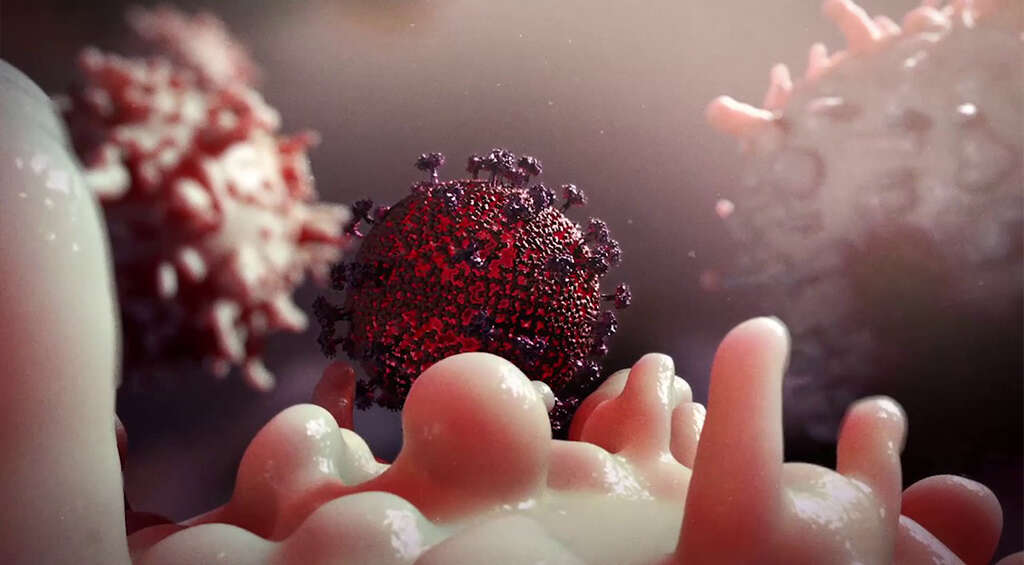
Pathogen #9: Influenza
The flu is caused by the influenza virus. It is commonly spread by infected people sneezing, which helps spray the virus around their environment. Symptoms include sneezing, fevers and chills and the disease will usually pass naturally within a few days or so. Treatment usually involves plenty of liquids and rest, while remedies are available that help soothe symptoms.
The flu should not be treated complacently, though. It can cause severe symptoms in vulnerable people and can even be fatal. Throughout history, the influenza virus has been responsible for millions of deaths with some epidemics that killed vast swathes of the human population in short time periods. It is recommended to get a flu shot every year.

Pathogen #10: Rhinovirus
Infections from the rhinovirus is the most common type of illness that is experienced by mankind. The infection is highly contagious and spread through sneezing and through contact with infected people. We commonly know this illness as the common cold.
Typical symptoms include sneezing, runny nose, cough and headache. The cold should pass itself within a few days or so and remedies are available that will help soothe symptoms. While you might feel that you are fine going to work with a cold, bear in mind that this will increase the chance of giving it to others.




-06.jpg)


